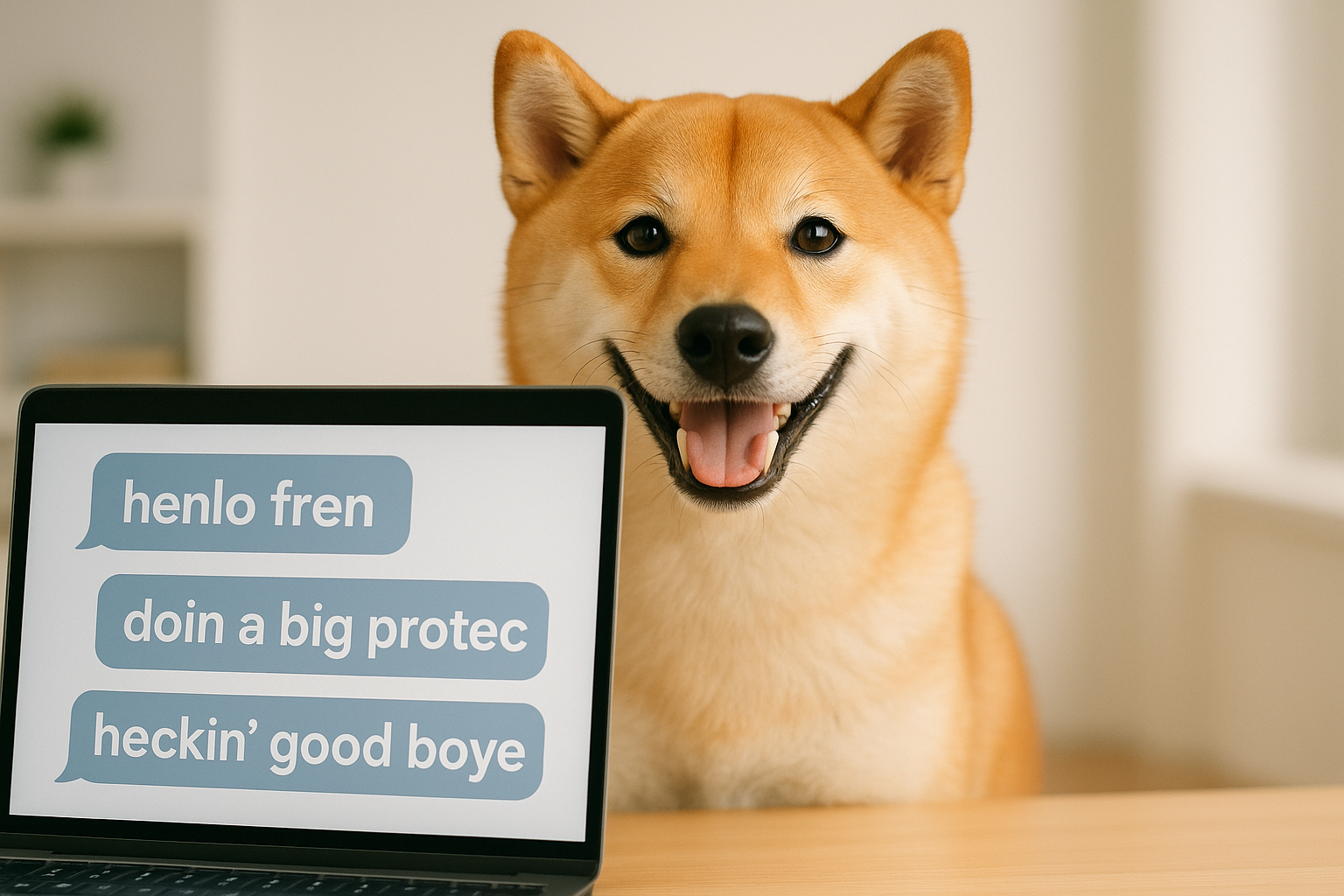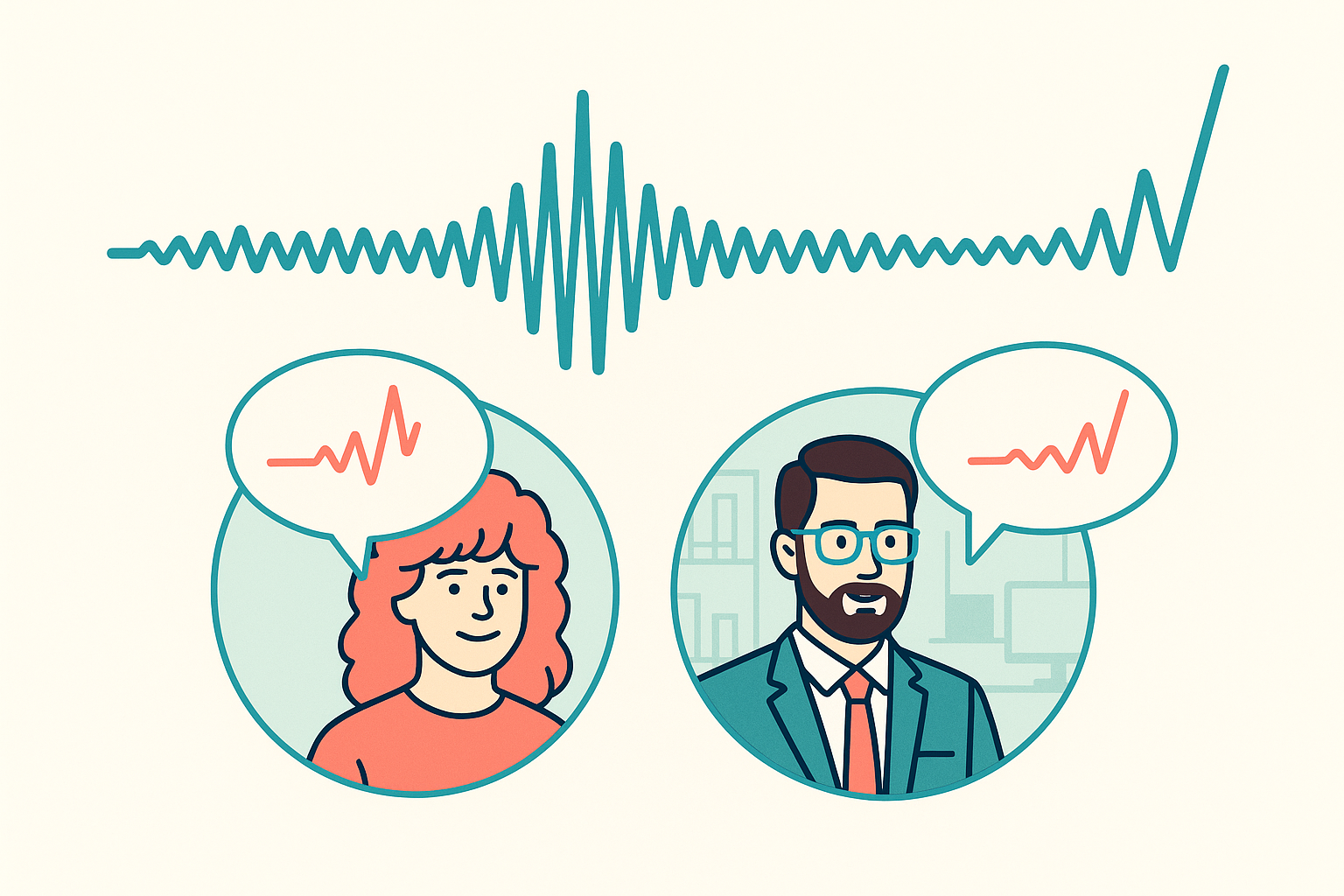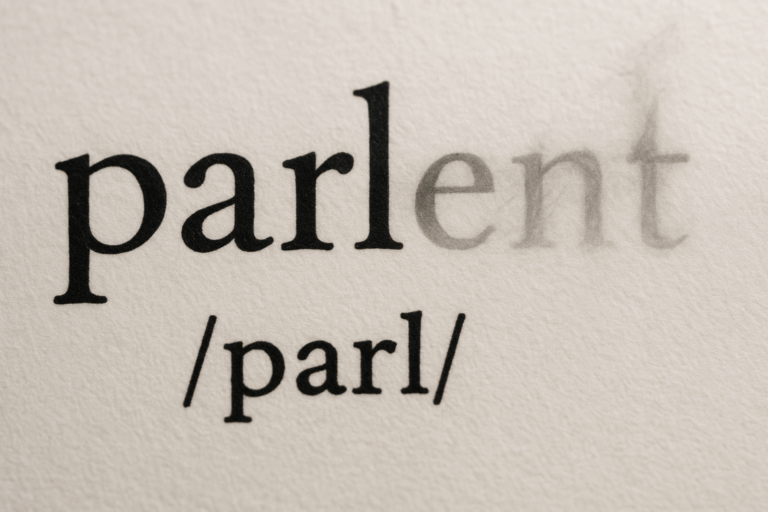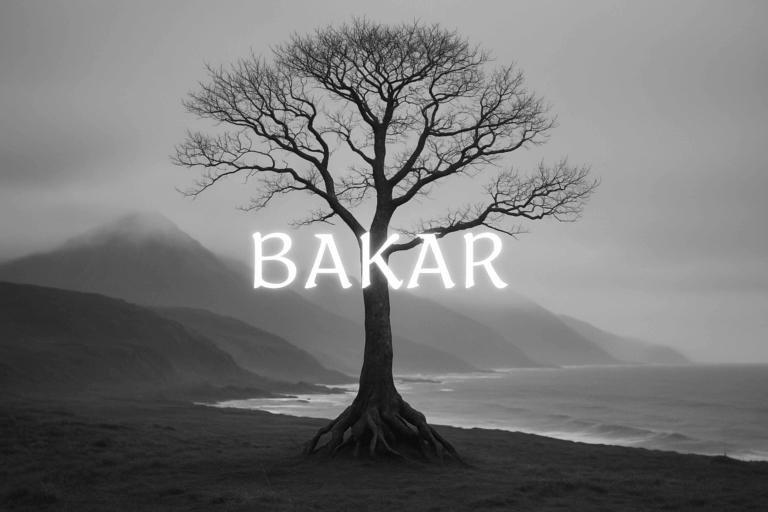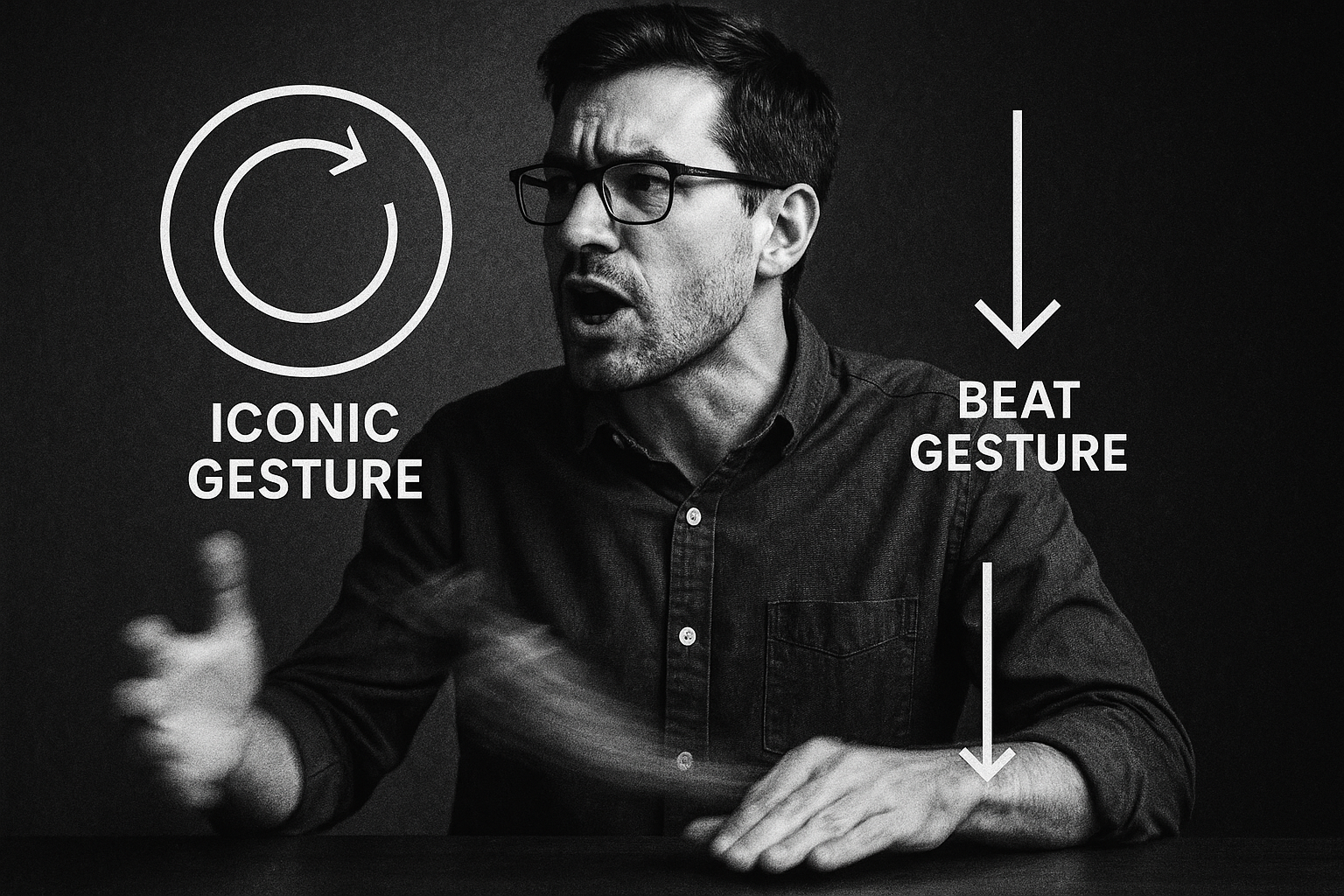“Henlo, fren.” “Heckin’ good boye.” “Doin’ a bige protec.”
If you’ve spent any time in the sunnier corners of the internet over the last decade, you’ve encountered DoggoLingo. What might seem like a random collection of cute misspellings and goofy words is, on closer inspection, a surprisingly robust and rule-governed linguistic system. Born from online communities like WeRateDogs and Dogspotting, this playful sociolect has evolved beyond simple slang into a language with its own distinct grammar.
Far from being just baby talk, DoggoLingo is a fascinating case study in how language forms and solidifies within a community. It demonstrates the fundamental human impulse to create order from chaos, to build systematic communication even when we’re just talking about our four-legged friends. Let’s put on our linguistics monocle and analyze the heckin’ good grammar of DoggoLingo.
The Building Borks: Morphology and the Doggo Lexicon
At the heart of any language is its vocabulary (lexicon) and its rules for word formation (morphology). DoggoLingo excels at both, creating new words with delightful consistency.
The core lexicon establishes the main characters: a doggo is a dog, a pupper is a smaller or younger dog, a woofer is a big dog, and a floofer is a very fluffy one. But it doesn’t stop there. We have snek for snake, birb for bird, and cattos for cats. The world is populated by these creatures and their hoomans.
The real magic happens with morphology, specifically the use of suffixes. Two are particularly prominent:
- The “-o” Suffix: This is the most common suffix, used to turn a word into a noun or simply to add a layer of affectionate charm. The classic example is dog becoming doggo. It can be applied liberally: a small dog becomes a smol boi-o, a photograph becomes a photo-o. It’s a versatile, all-purpose marker of Doggo-ness.
- The “-er” Suffix: This suffix often denotes a specific type of dog based on a characteristic or action. A dog that is a puppy is a pupper. A dog that woofs is a woofer. A dog that borks is a borker. It functions similarly to the “-er” in English (like in baker or runner) but is applied with a unique, creature-focused flair.
Beyond these, DoggoLingo is rich with onomatopoeia that functions as both nouns and verbs: a bork is the sound a dog makes, but a dog can also bork. Other key actions include the mlem (a small, precise lick of the nose or lips) and the blep (when the tongue is left sticking out, often unintentionally). These aren’t just cute sounds; they are specific, defined verbs in the DoggoLingo lexicon.
Doin’ a Grammar: The Surprising Rules of Doggo Syntax
This is where DoggoLingo truly shines as a linguistic system. The sentence structure (syntax) follows patterns that are remarkably consistent, elevating it far beyond random word salad.
The most famous feature is the use of heckin’ as an intensifier. It’s a minced oath, a polite stand-in for a stronger curse word, but its grammatical role is clear. It functions as an adverb to modify an adjective or another adverb, adding significant emphasis. A “good boy” is nice, but a “heckin’ good boy” is the pinnacle of virtue. A dog isn’t just running fast; he’s running “heckin’ fast.”
Even more complex is DoggoLingo’s most distinctive syntactic construction: the “doin’ a [noun]” phrase. For example:
- “My doggo is doin’ a concern.” (Instead of “is concerned.”)
- “He is doin’ a bige sleep.” (Instead of “is sleeping soundly.”)
- “The pupper is doin’ a heckin’ good protec.” (Instead of “is protecting very well.”)
In linguistics, this is a type of periphrastic construction. Instead of using a simple verb (“protect”) or adjective (“concerned”), DoggoLingo uses the light verb “do” and turns the concept into a noun. This brilliant quirk has a powerful effect: it frames the action or emotion as a distinct, observable event. The dog isn’t just in a state of concern; it is actively performing the act of “a concern.” It externalizes the internal, making the dog’s subtle emotional state tangible and visible to the observer.
A Smol Look at Spelling and Tone
The creative orthography of DoggoLingo isn’t random; it’s a deliberate tool for conveying tone. The misspellings—smol (small), hooman (human), fren (friend), gud (good)—are a form of “eye dialect.” They aren’t meant to represent a literal phonetic accent but rather to signal a specific voice or persona.
This voice is one of innocence, simplicity, and overwhelming cuteness. It mimics the way a child might spell words, reinforcing the idea that this is language from the dog’s perspective—a perspective that is pure, loving, and perhaps a little bit goofy. The spelling is a visual cue that tells you to read the text in that warm, fuzzy voice.
Why We Do a Talk Like This
So, why did a whole grammatical system spring up around pictures of dogs? The answer reveals a lot about us.
First, DoggoLingo is a classic sociolect—a dialect spoken by a particular social group. Using it correctly signals that you are part of the “in-group” of online dog lovers. It builds community and shared identity through a common, playful code.
Second, it’s a powerful act of anthropomorphism. We love our pets so much that we want to give them a voice. The grammar we’ve collectively built for them reflects how we see them: innocent, loyal, emotionally transparent, and focused on life’s simple joys like naps, snacks, and friendship. The “doin’ a concern” structure is a perfect example of our empathy, as we try to articulate the complex emotions we see playing out on our pets’ faces.
Finally, DoggoLingo is a testament to the human brain’s innate linguistic creativity. We are pattern-making machines. Faced with a chaotic jumble of internet slang, we subconsciously began to organize it, apply rules, and build a consistent system. It’s language evolution happening in fast-forward, driven not by necessity, but by pure, unadulterated joy.
The next time you see a post about a longboi doin’ a snooze, take a moment to appreciate the linguistic gears turning behind the cuteness. You’re witnessing a living, breathing language—a heckin’ good syntax born from our collective love for dogs.
